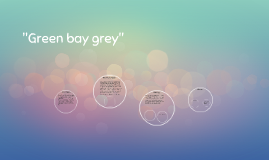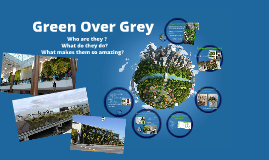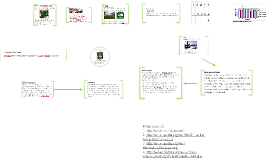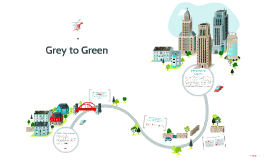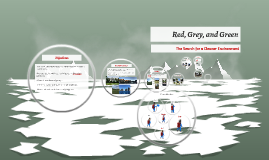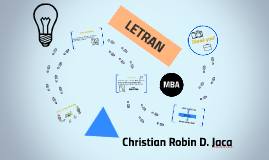Grey to Green
Transcript: We will also create a survey for pedestrians and residents which we will hand out in certain locations. This will include questions tailored to the average individual like have they noticed more businesses pop up? Or have they seen investment/failure? Local businesses have been identified on Google Maps and their owners emailed; To ensure that everything fits in with our structure we will ask all respondents if they feel comfortable with us recording them during the interviews and there will be a certain level of anonymity with this. We will each have notebooks to record our interviews with. Transcripts will be typed up and then coded using open-coding to find similarities and to further reach a more precise analysis of views and behaviours associated with G2G2. This will hopefully allow us to answer our research question and draw links between council schemes and local business and give us a conclusion for our investigation. This development is used to encourage new economic activity in the area by providing better links to hotels in Castlegate and improve bus, pedestrian and cycling access from the north east to the city centre and also towards Kelhm. In turn, this will encourage greater footfall and economic activity to the area thus supporting existing business and becoming home to investigative innovations in Sheffield. Grey to Green However, this increased private investment may lead to negative externalities such as an increase in prices of property, making housing unaffordable to those who need it. In this project, we aim to find out truly how beneficial Grey to Green 2 is from a holistic point of view. Information on Logistics What do the scholars say regarding the relationship between the environment and economic growth? Similar to our project, (Łaszkiewicz, et al. 2019) aims to look at the external effects that green spaces such as Grey to Green 2 has on housing prices. They do this through a natural experiment in Poland assessing whether the proximity to green spaces leads to an increase in the marginal willingness to pay (MWTP) through the use of hedonic pricing. The findings of this show that in the case of selected parks, the share of the estimated MWTP for their proximity increases systematically with the wealth of the apartment buyers. This shows that there is a basis that having green spaces could lead to an increase in the value of private housing. McKendry(2013) also did a research paper regarding how physical greening spurred economic revitalization. She used Birmingham, England as a case study and found that Greening the cities connected tourist locations and shopping attractions which then made walking around more enjoyable. Important economic benefits were brought in from these changes, due to attracting 'tourists, businesses, conferences and middle class residents that were highlighted and prioritized'. Hofmann, M. et al., (2012), reports that green spaces have phsychological benefits such as reducing stress and attentional fatigue. They also pointed out that there are lots of studies on rural green spaces but not enough on urban spaces because, people tend to go to rural areas for recreation and on daytrips; however, urban area or greens spaces are used for short walks or simply passing through on the way to work. Thus research reports need to take these things under consideration when looking into green spaces in an urban setting. McKendry, C., 2013, Environmental Discourse and Economic Growth in the Greening of Postindustrial Cities. In: Simpson R., Zimmermann M. (eds) The Economy of Green Cities. Local Sustainability, vol 3. Springer, Dordrecht Following the success of Grey to green by enhancing the image of the area and attracting new investment and footfall, Grey to Green phase 2 was proposed to commence in January 2019 with completion expected by March 2020. By undergoing this private sector led urban renaissance, the Sheffield City Region is aiming to rejuvenate the Castlegate area which has been in decline for many years. Semi- structured interviews – focusing on the impact Grey to Green two (G2G2) has had on Castlegate and Exchange place and the effect it has had on business. Each interview will be tailored specifically to the interviewee, for example Lucia, the Principal Development officer will have more knowledge of the project than a local business owner. We have chosen this as these best suits our investigation and allows us a clear plan before going into the interview, prior to arriving. The idea of a semi-structured interview benefits us most as given the response, we can tailor our answers and questions to the interviewees position and thus understand how G2G2 has impacted them. Our questions will be based upon how G2G2 has impacted local businesses, have they seen any noticeable changes, positive and negative and so on. What is Grey to Green? design by Dóri Sirály for Prezi How are we collecting the data? They will do this through closing Castlegate to vehicles






